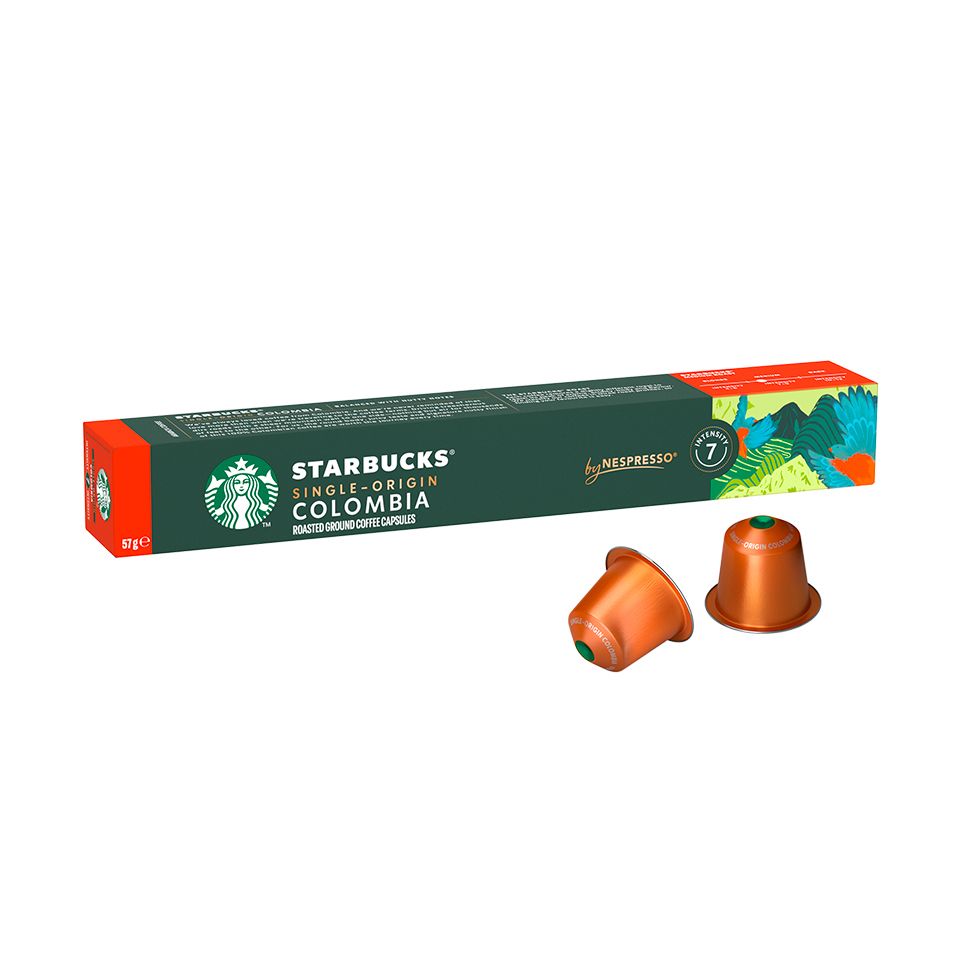A First-Time User’s Guide to Understanding SOE Single Origin Espresso
A First-Time User’s Guide to Understanding SOE Single Origin Espresso
Blog Article
Coffee Beans 101: Whatever You Required to Find Out About Espresso and Blended Coffee Beans
When it comes to coffee, understanding the subtleties of coffee and mixed beans can change your everyday cup. From the expanding process to toasting strategies, every step plays a duty in your coffee experience.
Comprehending Coffee Beans: Ranges and kinds
When diving right into the globe of coffee, recognizing the kinds and ranges of coffee beans is crucial for every single lover. You'll largely run into 2 primary species: Arabica and Robusta. Arabica beans are recognized for their smooth, complex tastes and lower high levels of caffeine web content, making them a preferred among coffee aficionados. On the other hand, Robusta beans load a punch with a stronger, extra bitter preference and greater high levels of caffeine levels, often used in coffee blends.
Ethiopian Yirgacheffe offers bright flower notes, while Colombian beans offer a healthy taste profile. By acquainting on your own with these beans and their tastes, you'll raise your coffee experience and make more informed choices in your brewing trip.
The Growing Refine: From Seed to Bean
When you discover the journey of coffee, everything beginnings with seed selection strategies that establish the foundation for top quality. From there, cultivation and harvesting play necessary roles in making sure the beans grow. Processing approaches transform those collected cherries into the coffee beans you love.
Seed Option Techniques
Choosing the right seeds is important for creating high-grade coffee beans, as it lays the structure for the whole expanding process. You ought to begin by picking seeds from reputable resources that focus on quality and genetic diversity. Seek varieties understood to flourish in your details environment and dirt conditions. Pay focus to the seed's age and storage problems, as fresh seeds have a tendency to germinate far better. When feasible, go with organic seeds to decrease exposure to dangerous chemicals. Consider the illness resistance of different ranges, as this can significantly influence your yield. Finally, don't be reluctant to talk to regional farmers or experts to obtain insights into the ideal seed alternatives for your area. This expertise will certainly boost your coffee-growing experience.
Cultivation and Harvesting
As you support your coffee seeds into thriving plants, comprehending the growing and harvesting process is important for attaining the very best flavor and high quality. Begin by planting your seeds in well-draining soil, ideally in a shaded area to safeguard them from direct sunshine. As your plants grow, maintain constant wetness, and bear in mind their requirement for nutrients. Trim regularly to advertise air movement and healthy and balanced development.
When it comes time to harvest, seek ripe cherries, which usually turn a lively red. Hand-picking is frequently the most effective approach to assure just the ripest cherries are picked. Timing is crucial; harvesting too early or also late can influence the flavor account of your beans. Welcome perseverance and treatment, as this is where top quality begins.

Processing Techniques Explained
Once you have actually gathered your coffee cherries, the next necessary step is refining them to change those vivid fruits into the beans you'll make. In the completely dry process, you spread the cherries out in the sunlight to dry, enabling the fruit to ferment and give special flavors to the beans. Understanding these methods is crucial to appreciating your coffee experience.
Toasting Strategies: How Taste Is Established
When it concerns toasting coffee beans, recognizing roast degrees is vital to disclosing their unique flavors. Each roasting strategy impacts the fragrance and improves the flavor development process, offering you a richer coffee experience. Allow's discover how these variables integrated to boost your daily brew.
Roast Degrees Explained
Roast levels play an essential function fit the flavor account of your coffee. You'll take pleasure in bright acidity and fruity notes when you select a light roast. As you transfer to a medium roast, you'll notice a balance of sweet taste and intricacy, frequently highlighting delicious chocolate or sugar flavors. Dark roasts, on the other hand, supply vibrant, smoky qualities with less acidity, making them rich and robust. Each degree results from various roasting times and temperature levels, affecting the beans' chemical make-up. By recognizing these levels, you can much better select a coffee that matches your preference choices. Try out different roasts to discover which one resonates with you, improving your total coffee experience and enjoyment.
Influence on Aroma
The roast level not only influences the taste of your coffee however also greatly affects its fragrance. When you choose a light roast, you'll frequently see intense, floral notes that can make your coffee page scent vivid and fresh. As the beans darken, the scent changes; a medium roast brings out extra well balanced, caramelized scents, while a dark roast often tends to include bold, great smoky touches. Each roasting technique launches various unstable substances, shaping exactly how your coffee scents. Additionally, the quality of the beans plays an important duty; fresh baked coffee releases extra aromatic oils, boosting that enticing scent. Pay interest to the roast level-- it's key to exposing the complete fragrant experience of your mixture.
Taste Development Process
As you discover the taste advancement procedure, you'll uncover that roasting methods play a critical duty in forming the preference account of your coffee. The toasting temperature level and time directly influence the level of acidity, sweet taste, and anger of the beans. Light roasts maintain more of the bean's original flavors, highlighting floral and fruity notes.
Espresso vs. Blended Coffee: Key Distinctions
Espresso and mixed coffee each offer one-of-a-kind experiences that satisfy various tastes and choices. Espresso is a concentrated coffee brewed by forcing hot water with finely-ground coffee beans, resulting in an abundant, strong flavor and a luscious layer of crema on top. It's typically enjoyed as a shot or made use of as a base for beverages like coffees and lattes.
On the various other hand, mixed coffee integrates numerous beans from different areas, creating an extra balanced flavor account. You'll often discover blends that highlight sweetness, body, or acidity, making them functional for various brewing methods. While coffee concentrates on strength, mixed coffee might use a wider series of flavors that can transform with each sip.
Eventually, click over here now your option in between coffee and blended coffee come down to your personal preference. Whether you yearn for a leisurely mug or a fast shock, both options have something tasty to use.

Developing Techniques: Unlocking the Perfect Cup
When it pertains to developing coffee, finding the right technique can change your experience and boost your mug. Each developing strategy has its special beauty and can considerably influence your coffee's taste and aroma. Utilizing a French press allows you to delight in a robust and rich mixture, while a pour-over technique provides a clean, bright mug with distinctive flavors.
If you prefer espresso, purchasing a top quality machine can assist you grasp the art of drawing shots. For benefit, a single-serve shuck system offers speed without giving up taste.
Don't ignore chilly mixture, which delivers a smooth, much less acidic coffee ideal for warm days. Try out various approaches to uncover what reverberates with your taste buds. Each developing technique opens up a new globe of opportunities, so put in the time to explore and locate your ideal cup. Satisfied developing!
Sampling Notes: Determining Flavor Profiles
How can you absolutely value your coffee if you do not know what tastes to look for? Tasting notes are your overview to understanding the complex world of coffee. When you sip, pay focus to the first tastes that strike your taste buds. You may find fruity notes, like berry or citrus, or probably a nutty undertone. As you continue to taste, see just how the flavors advance-- this is referred to as the "finish." Some coffees could leave a chocolatey or caramel aftertaste, while others might have a brilliant, clean finish.
Think about the body of the coffee, also; is it light and ventilated or thick and syrupy? Don't neglect level of acidity; a brilliant level of acidity can add spiritedness, while a reduced level of acidity may give a smoother experience. By determining these flavor profiles, you'll grow your link with each mug, making coffee tasting a fascinating journey of discovery.

Tips for Selecting and Storage Coffee Beans
Picking and storing coffee beans appropriately can significantly improve your brewing experience. Beginning by selecting high-quality beans that fit your preference - SOE.
As soon as you have your beans, store them in an airtight container to avoid direct exposure to light, moisture, and air. A dark, amazing location works best, so stay clear of maintaining them in the fridge or freezer, as this can present moisture. Only grind the amount you require to preserve quality; whole beans keep flavor longer than pre-ground coffee.
Lastly, try to utilize your beans within two to 4 weeks after opening up for peak preference. Complying with these suggestions will certainly guarantee your coffee remains savory and enjoyable, raising your day-to-day brew to new elevations.
Frequently Asked Inquiries
The Length Of Time Do Coffee Beans Remain Fresh After Toasting?
Coffee beans remain fresh for regarding two weeks after roasting - SOE. You must store them in a closed container, far from light and dampness. Afterwards, their flavor and scent start to lessen considerably

Can I Mix Different Coffee Bean Varieties?
Absolutely, you can mix various coffee bean ranges! Experimenting with blends can boost flavors and produce a special taste profile. Just make sure to balance the toughness and features of sites each range for the very best results.
What Is the Suitable Grind Dimension for Coffee?
For coffee, you'll want a fine grind size, regarding the appearance of table salt. This permits suitable removal, causing an abundant, delicious shot. Experiment a little bit to find what fits your taste best!
Just How Does Altitude Affect Coffee Bean Flavor?
Altitude affects coffee bean flavor by affecting the growth price and chemical composition. Higher elevations result in slower maturation, which enhances level of acidity and intricacy, offering your coffee a one-of-a-kind and vivid preference you will not neglect.
Are There Decaffeinated Variations of Espresso Beans?
Yes, there are decaffeinated versions of espresso beans. You can delight in a rich espresso taste without the high levels of caffeine kick. Simply look for "decaf" blends at your neighborhood coffeehouse or specialized shop.
Coffee Beans 101: Everything You Required to Know Concerning Coffee and Blended Coffee Beans.
When diving into the globe of coffee, understanding the kinds and selections of coffee beans is important for every fanatic.When it comes to toasting coffee beans, understanding roast levels is key to disclosing their distinct tastes. Espresso is a focused coffee made by requiring warm water via finely-ground coffee beans, resulting in a rich, vibrant flavor and a velvety layer of crema on top.On the other hand, combined coffee integrates numerous beans from different areas, producing an extra well balanced taste account.
Report this page